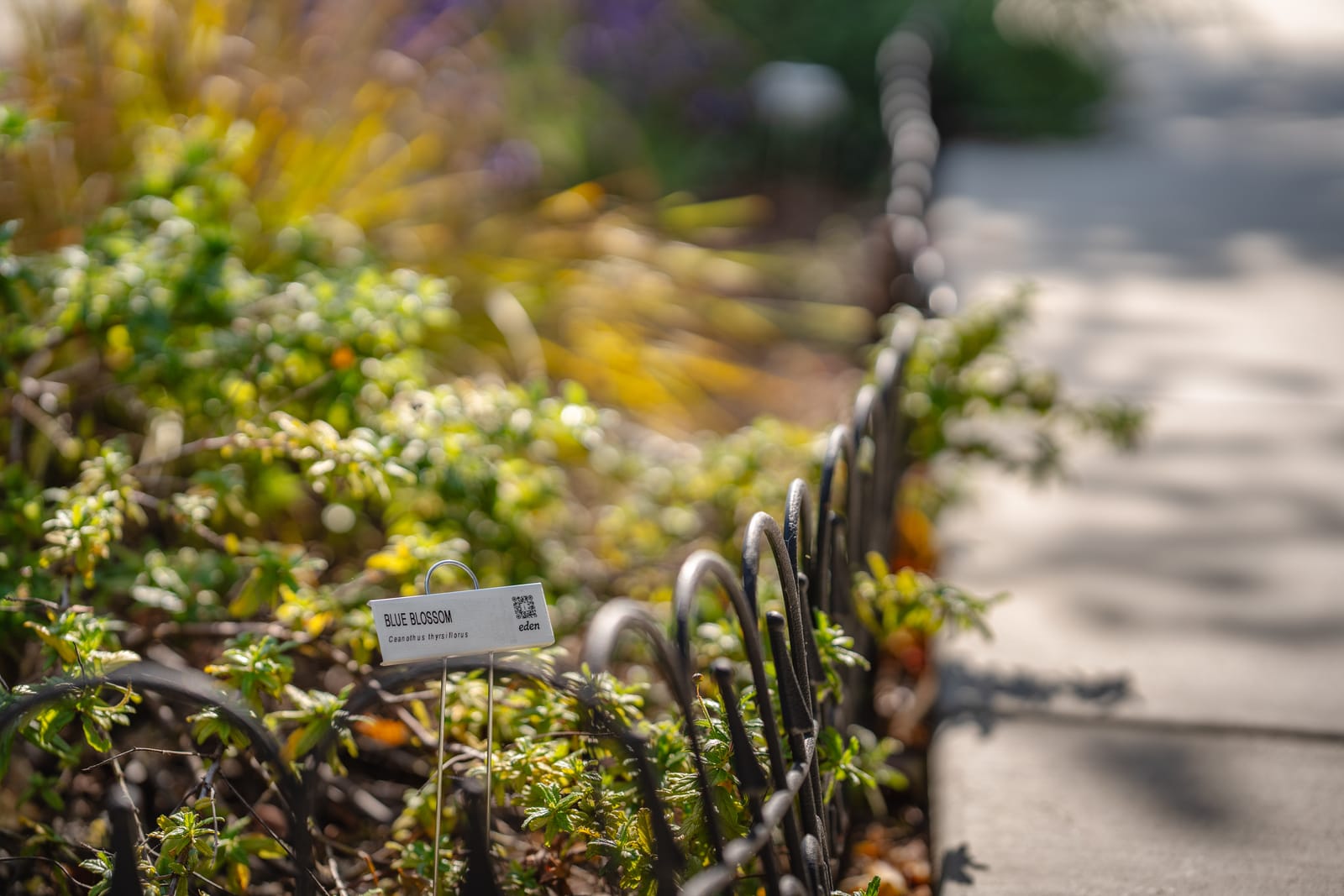Introduction
In San Francisco, sidewalk gardens have become more than a trend — they’re a movement. Across neighborhoods, residents are transforming strips of concrete into vibrant green spaces that support pollinators, cool down city blocks, and bring a little joy to daily walks.
But while sidewalk gardens can be incredibly rewarding, even well-intentioned projects can go wrong. From plant choice to spacing to permitting, small mistakes can mean big headaches down the line.
In this post, we’ll walk through the most common sidewalk garden mistakes we’ve seen across San Francisco — and more importantly, how you can avoid them.
1. Not Accounting for Microclimates
Mistake: Planting sun-loving species in foggy, coastal neighborhoods like the Outer Sunset or Richmond.
Why it matters: San Francisco’s microclimates can vary dramatically just a few blocks apart. What thrives in Noe Valley may wither under the marine layer in the Sunset.
How to avoid it:
Start by identifying your neighborhood’s microclimate. If you’re not sure, check out our primer on SF microclimates for a breakdown by district. Once you know your sun exposure and moisture levels, choose native plants adapted to your conditions. Think: ferns and hydrangeas for foggy zones; rosemary and lavender for sunny, sheltered areas.
2. Overcrowding or Poor Plant Spacing
Mistake: Packing in too many plants too close together.
Why it matters: Crowded gardens may look lush at first but quickly become unmanageable. Tight spacing leads to root competition, poor airflow (which encourages disease), and overgrowth that blocks sidewalks.
How to avoid it:
Follow spacing recommendations on plant labels or nursery guides. Start with a modest layout and give your plants room to grow in naturally. Remember: it’s better to add later than rip out too soon.
3. Blocking Sidewalk Access
Mistake: Not leaving the required 4-foot pedestrian pathway.
Why it matters: Accessibility matters — for strollers, wheelchairs, and everyday neighbors. Blocking the sidewalk with sprawling plants not only frustrates passersby but violates city code.
How to avoid it:
Familiarize yourself with SF Public Works' sidewalk landscaping guidelines. Ensure your design keeps at least 4 feet of unobstructed walkway — and remember to trim plants that grow beyond their footprint.
4. Skipping the Permit Process
Mistake: Installing a sidewalk garden without city approval.
Why it matters: Unpermitted gardens can be flagged and removed — especially if they block access or don’t meet city requirements.
How to avoid it:
Yes, permits are required. But good news — they're free, and the process is easier than you'd think. Here’s our guide to getting your sidewalk garden permit approved. Eden can also handle the permit for you as part of our garden design package.
5. Using Invasive or High-Maintenance Plants
Mistake: Choosing plants that require constant pruning or easily spread beyond their space.
Why it matters: Some ornamental plants look great in a nursery but become a nightmare on a sidewalk. They may outgrow their space, compete with other species, or demand more water than SF’s dry summers can support.
How to avoid it:
Focus on native, non-invasive, drought-tolerant species. These plants are adapted to local conditions and thrive with less maintenance. Great choices include California poppies, ceanothus, manzanita, and native bunchgrasses.
6. Ignoring Drainage and Soil Health
Mistake: Planting directly into compacted soil without considering water flow.
Why it matters: Poor drainage leads to root rot, especially in shallow sidewalk beds. Compacted soil prevents healthy root development and reduces water absorption.
How to avoid it:
Test your soil and amend it with compost. When possible, install your garden with permeable materials and contour it slightly to retain water without flooding. Rain gardens and bioswales are great options for areas with runoff issues.
7. Not Planning for Maintenance
Mistake: Letting the garden fall into neglect after installation.
Why it matters: Even the most beautiful garden needs upkeep. Without regular maintenance, plants overgrow, weeds creep in, and the space can become an eyesore instead of an asset.
How to avoid it:
Plan ahead. Create a monthly maintenance routine, or recruit a neighbor or community group to help. Choose low-maintenance species and mulch regularly to suppress weeds and retain soil moisture.
Conclusion
A sidewalk garden can transform your block — and your relationship with public space. But to make it thrive, planning matters. Avoiding these common mistakes can mean the difference between a garden that struggles and one that becomes a neighborhood treasure.
At Eden, we help San Franciscans plan, permit, and plant their sidewalk gardens from start to bloom.
👉 Ready to get your sidewalk garden right the first time? Start here







